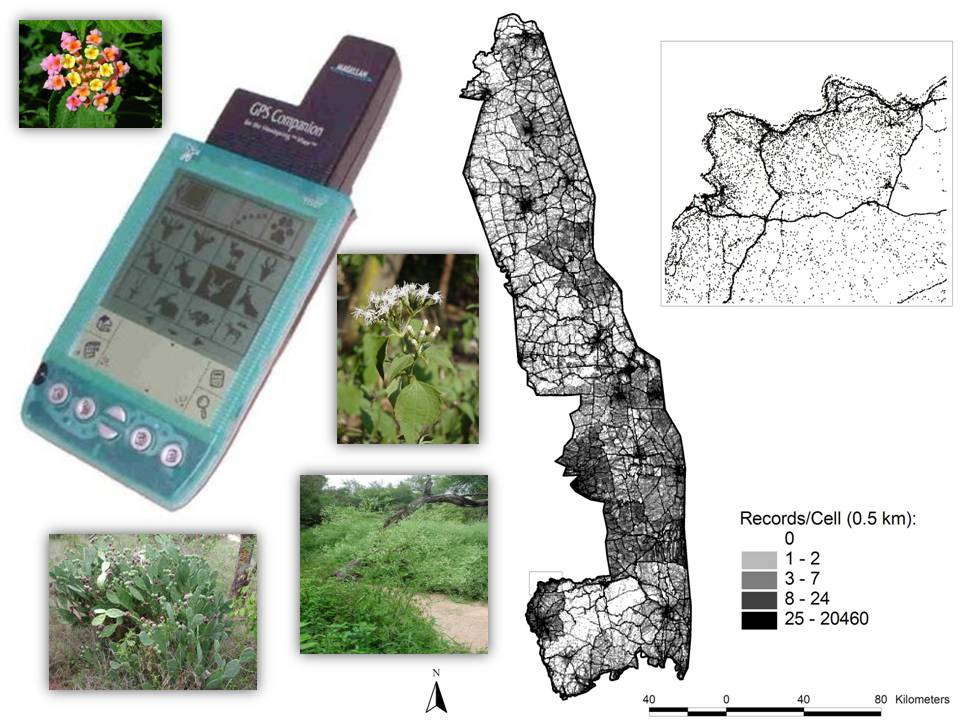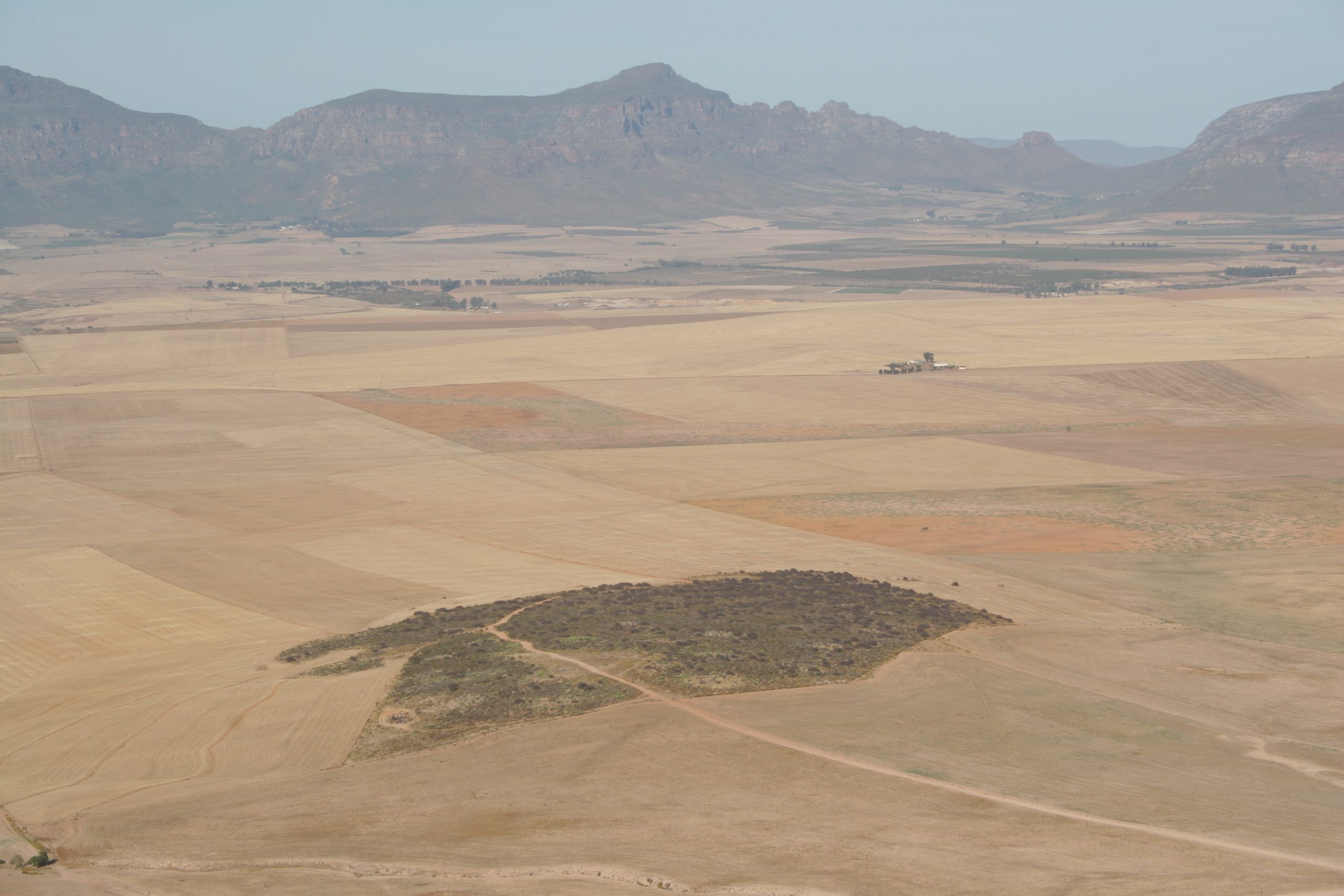Novel climate predictors of reptile performance at global scales
The determination of best climatic predictors of whole-organismal performance is essential to improve current and forecast impacts of climate change on organisms. Most of the emphasis on global climate change and its effects on organismal performance concerns mean temperature conditions despite known changes in other climatic variables such as precipitation, cloud cover and temperature variability.





